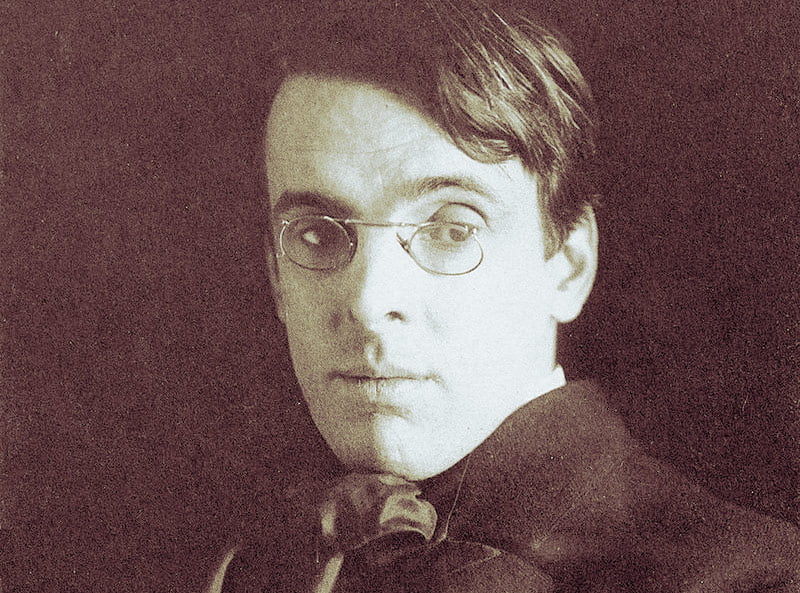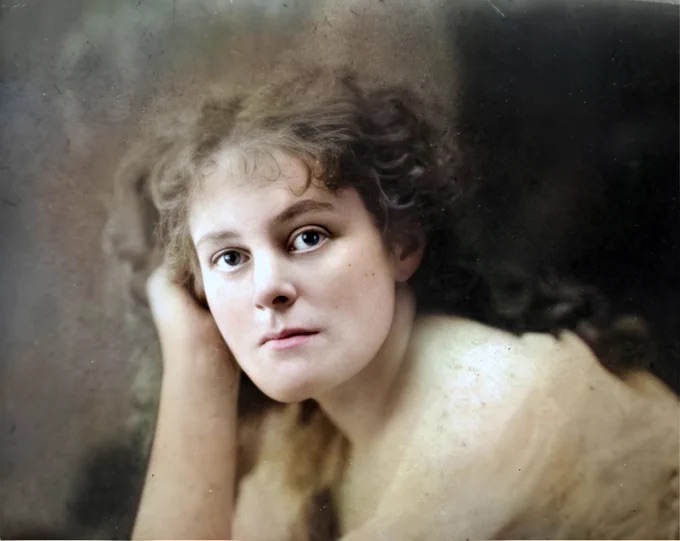 When I was a schoolgirl, I was introduced as all Irish schoolchildren are, to the national poet through ‘He Wishes For The Cloths Of Heaven,’ in which the Yeats portrays himself as a sort of cosmic Sir Walter Raleigh, laying down the light of the heavens under the feet of his beloved, Maud Gonne.
When I was a schoolgirl, I was introduced as all Irish schoolchildren are, to the national poet through ‘He Wishes For The Cloths Of Heaven,’ in which the Yeats portrays himself as a sort of cosmic Sir Walter Raleigh, laying down the light of the heavens under the feet of his beloved, Maud Gonne.
Our teacher, Miss McNamara, read the poem in a slow, mannered style she called Yeatsian, which set laughter simmering in the classroom but I, a very moony teenager nursing a broken heart, was not laughing. I soaked up every word Miss McNamara had to say not just with the poetry, but about Gonne’s beauty and the poet’s unrequited love for her. I found a book of selected poems in the school library and for months I wafted around in a befuddle of glimmering girls with pearl-pale hands and apple blossom hair that wound around stars growing out of the air.
One of the girls brought in a picture of Maud Gonne that her mother had at home, a picture taken around the time Yeats had written of her: “I never thought to see in a living woman such great beauty.” It was a beauty lost on the girls of Loreto convent Wexford in 1973, when the statuesque ideal of the Edwardians had been replaced by the androgynous, fragility of fashion models like Twiggy. My classmates picked Gonne’s image apart: her face was too broad, her chin too strong, her jaw too set, her forehead too high…
‘Maybe she didn’t photograph well,’ I suggested. ‘Maybe you had to be in her presence to get a sense of her.’
Like Yeats, I wanted the woman who inspired his words to be perfect.
So imagine my chagrin when, a couple days into our work on Yeats, Miss McNamara casually mentioned that in his later years, the poet had moved his romantic feelings from Maud to her daughter.
“Her daughter?” I cried out into the classroom. “No, he couldn’t have.”
Whereupon everybody laughed, out loud this time.

And so I was launched upon my lifetime interest in Yeats and the Gonnes, Maud and Iseult. And on my own future as a writer of poems and stories.
The interest followed me into senior school, where we were introduced to the later works like “Among Schoolchildren” and “Sailing To Byzantium”, then into university, and then off syllabus, reading books I barely understood other topics I was too young to appreciate: the visions, the occult lore, the interest in Western magic and Celtic spirituality.
It was in a book of essays called Yeats And Women, that I first saw beyond the myths Yeats had created and found my way into the story of what had really happened between him and Maud and Iseult Gonne — and began to research their lives in earnest for a book of my own.

Iseult Gonne c. 1918
The publication history of that book is a story for another blog post but now, I'll publish a new edition next year in the form of a trilogy. The first The Secret Rose tells the story of Maud & Willie between their meeting in 1889, when he said, “the troubling of my life began” to the fateful moment in 1898, when she first shared with him the secrets of the heart of her life.
A Child, Dancing tells the story of Willy and Iseult between the years of 1908 and 1918, when he proposed marriage to her when she was 23 and he was 50. and the final book, But A Dream, tells the mother and daughter story of Iseult and Maud from 1919 to the end of the Irish Civil War in 1923, and the end of their close connection with Willie for many years.
The story is told as fiction but it's historically as accurate as I could make it. Most of the dialogue has its roots in a real document: a letter, a poem, a diary entry. The research took me from Dublin to New York, and down the byways of such topics as the Western tradition of magic, automatic writing, what it means to be a mentor, and many other themes. At heart, it's a story about love; not romantic love but the kind of spiritual love described by Emily Dickinson as “anterior to life, posterior to death, initial of creation and the exponent of breath.”
Yeats called it the search for perfection and he devoted his life to it.
This week, I'll be blogging something about these three fascinating people every day. I hope you'll enjoy finding out more about them — and if you have any stories or interest yourself, I'd love to hear about that.
